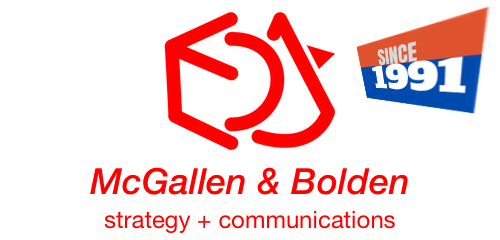Some businesses are predicting hundreds of millions of jobs will be lost with the advent of artificial intelligence (AI) such as those from OpenAI, Google, Baidu and so on. At the same time, AI is creating new jobs, which demand different skill sets and knowledge, such as “prompt engineers”. Who are they? And how can we leverage this for public relations (PR)?
Prompt engineering?
What is “prompt engineering”? Essentially, it is about asking smart questions or giving articulated commands to an AI system, so that the AI can reply with good and elaborate answers. For once, this is a field that good communicators and writers will excel in, especially if they have a vast background knowledge and learning of the humanities, such as history, philosophy, religion, culture, arts, and so on, rather than only the hard sciences and technical disciplines. If you think like a programmer, you are likely going to face roadblocks with a modern large language model (LLM) AI.
Mind you, prompt engineering is not restricted to AI chatbots, but can be used for multimedia generation with AI systems, including images, illustrations, virtual photographs, video, and sound.
AI chatbots may have accumulated a large body of data and was trained on them. At a glance, they are sophisticated and surpass humans in certain ways. However, if you look closer, all current AI still suffers from what industry practitioners call “hallucination”. Since AI is not sentient, they do not have intentions, and so their deceiving is an aberration, perhaps due to the data provided, the way they were trained, and the people who trained these systems.
So, what are the 4 basics of prompt engineering?
1. Think like a child
A child is capable of learning and communicating. And yes, some children lie, even with confidence. AI can be the same. So, in order to engage the bot effectively, you can think, “what would a child do or ask? How would a child respond?” A child often asks many questions, often prefacing each utterance with “why”. A child is more likely to ask and answer at point blank, without much window dressing.
2. Ask often, try often.
Prompt engineering is a skill best endured through effort and time. Don’t be afraid to try, fail, try again, fail again, and so on. The more you try, the more you can identify a pattern to which you can more successfully interact with the AI to get the results you hope for.
3. Ask wide and deep
If you have dabbled with any of the AI chatbots or media generation platforms, you may notice simpler prompts are often met with a “roughness” in the output that you may be disappointed in. Prompt the systems with as complete a scenario as you can, including if possible how we PR practitioners ask and write media content, known as the 5W1H method (What, Where, When, Why, Who, and How). Imagine you are a storyteller. Your story would have the 5W1H built in. Describe with as much detail as possible, and your story comes alive. Likewise, prompt engineering is the same. The more depth and width you can prompt to the AI system, the more sophisticated and nuanced the output would be.
4. Be fancy, get real
As with storytelling, you can tell a story like reporting the news, as a matter of fact. Or, you can tell a story as you would an epic cinema feature. Which do you think will excite your intended audience more? So, if you are able, or if you have an external communications partner, try to tell stories with flourish and impact, while staying away from the abstract, since AI may more easily misinterpret abstract notions.
Tame and harness AI
The AI age is here and not going away, unlike some other technological paradigms which came and went. AI will be entrenched even more than ever, in every conceivable intelligent system we use, from IoT, mobile, computers, servers, data centers, and more. AI is a tool, and not a god. It is our duty to tame and harness the power within it.

Dr Seamus Phan – Global C-suite Publicist & Strategist (Biochemist, Cybersecurity & Webdev pioneer, Author, Journalist) with 37 years of professional field experience.




